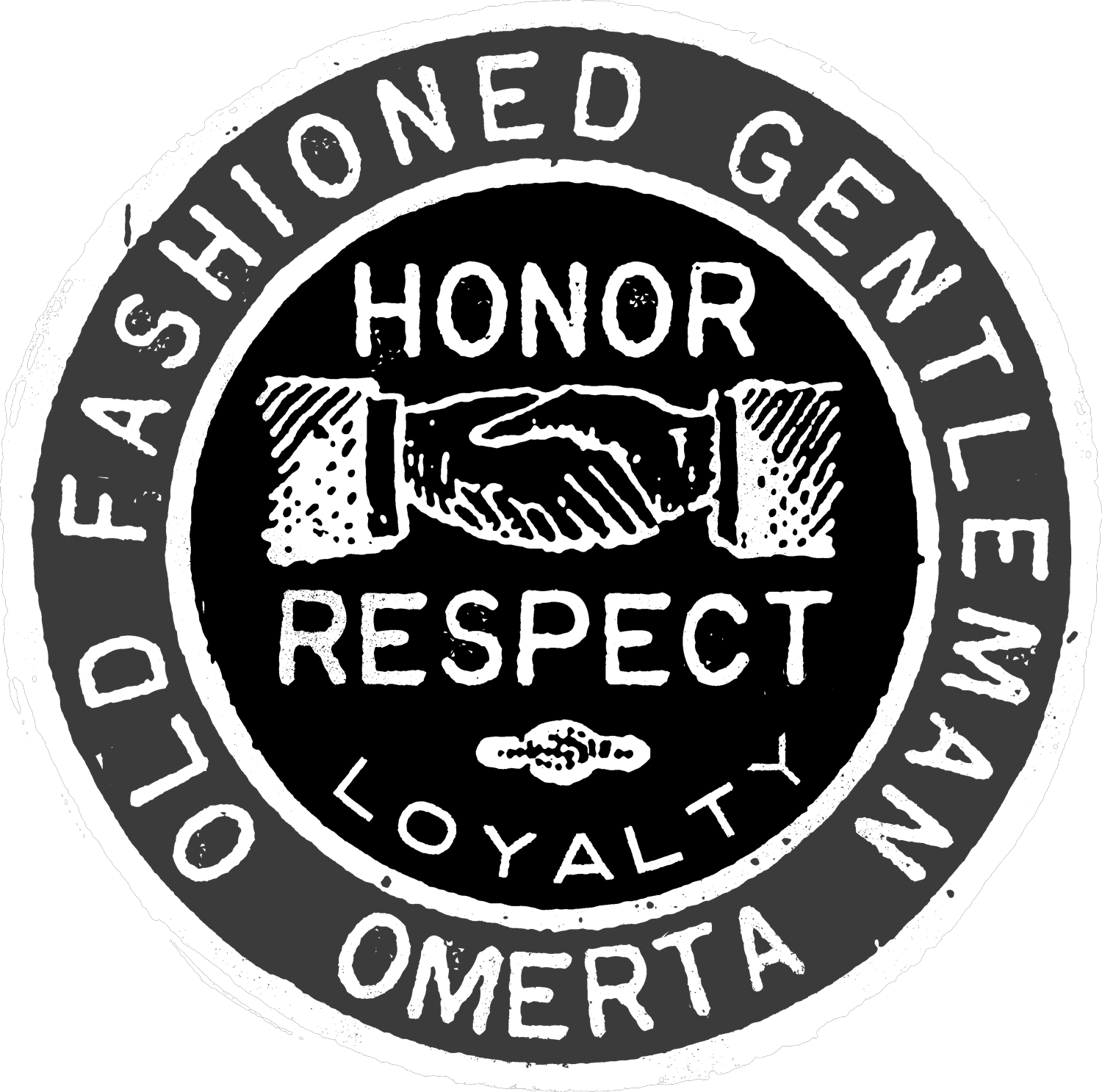Top Stories

FEATURED ITEM
MOST POPULAR

"The Surgeon: Unveiling Cleveland's Dark Legacy"

Unveiling Tupac: The Power of Dialogue

Dean O'Banion: From Choir Boy to Crime Boss
Dean O'Banion, a name synonymous with Chicago's notorious gangster era, was born in Maroa, Illinois in 1892. His early years were marked with tragedy as his mother, Emma Brophy, succumbed to Tuberculosis, a deadly disease rampant during that time. O'Banion's father remarried, and his stepmother became the guiding figure in his life.
The family eventually settled in Kilgubbin, a crime-ridden neighborhood on Chicago's North Side. Known as "Little Hell," this area, which now encompasses Cabrini Green and Goose Island, was notorious for its tough and violent reputation. Growing up amidst such harsh surroundings, it's no wonder that O'Banion would find himself drawn to a life of crime.
As a young man, O'Banion briefly found solace in the church choir at the Holy Name Cathedral. However, the allure of the streets and the excitement of the criminal underworld proved too strong to resist. Alongside his friends Hymie Weiss, Vincent Drucci, and George "Bugs" Moran, O'Banion joined one of Chicago's many street gangs, specializing in theft and robbery.
In 1908, at the age of 16, O'Banion found employment at McGovern's Tavern as a singing waiter. While serving drinks and mopping the floors, he allegedly used his position to tip off his friends about intoxicated patrons, enabling them to be targeted for robberies. Today, McGovern's Tavern has transformed into The Kerryman Inn and Restaurant, a testament to the ever-changing landscape of Chicago.
O'Banion and his gang later ventured into the newspaper circulation wars, working as "sluggers" for the Chicago Tribune. Their role involved intimidating newsstand owners who refused to sell the paper they were promoting. However, enticed by a more lucrative offer, they eventually switched their allegiance to the rival publication, the Chicago Examiner.
Around 1914, O'Banion crossed paths with Charles "The Ox" Reiser and joined his gang. Reiser was a notorious safe-cracker with a penchant for eliminating anyone he deemed a potential liability. He preferred to eliminate witnesses rather than attempting to bribe them, leading to the murders of witnesses in multiple burglary trials between 1903 and 1907. Shockingly, Reiser managed to evade justice each time, leaving the streets of Chicago in fear.
As O'Banion became more deeply embroiled in the criminal underworld, his influence and power grew. He established himself as a prominent figure, known for his charismatic personality and strategic mind. O'Banion's rise to prominence would ultimately lead him to become one of Chicago's most infamous crime bosses.
However, O'Banion's criminal empire would be met with opposition. Rival gangs, most notably Al Capone's organization, sought to challenge his authority. The struggle for dominance in Chicago's criminal underworld would eventually culminate in O'Banion's death.
On November 10, 1924, O'Banion was assassinated in his North Side flower shop by members of Capone's gang. The incident, known as the "Flower Shop Massacre," marked a turning point in Chicago's gangster era and further solidified Capone's control over the city.
Dean O'Banion's life is a testament to the allure and dangers of the criminal underworld. From his humble beginnings as a choir boy to his rise as a feared crime boss, O'Banion's story continues to captivate audiences today. His legacy serves as a reminder of the turbulent times in Chicago's history, forever etching his name in the annals of organized crime.
Dean O'Banion: From Choir Boy to Crime Boss
Dean O'Banion, a name synonymous with Chicago's notorious gangster era, was born in Maroa, Illinois in 1892. His early years were marked with tragedy as his mother, Emma Brophy, succumbed to Tuberculosis, a deadly disease rampant during that time. O'Banion's father remarried, and his stepmother became the guiding figure in his life.
The family eventually settled in Kilgubbin, a crime-ridden neighborhood on Chicago's North Side. Known as "Little Hell," this area, which now encompasses Cabrini Green and Goose Island, was notorious for its tough and violent reputation. Growing up amidst such harsh surroundings, it's no wonder that O'Banion would find himself drawn to a life of crime.
As a young man, O'Banion briefly found solace in the church choir at the Holy Name Cathedral. However, the allure of the streets and the excitement of the criminal underworld proved too strong to resist. Alongside his friends Hymie Weiss, Vincent Drucci, and George "Bugs" Moran, O'Banion joined one of Chicago's many street gangs, specializing in theft and robbery.
In 1908, at the age of 16, O'Banion found employment at McGovern's Tavern as a singing waiter. While serving drinks and mopping the floors, he allegedly used his position to tip off his friends about intoxicated patrons, enabling them to be targeted for robberies. Today, McGovern's Tavern has transformed into The Kerryman Inn and Restaurant, a testament to the ever-changing landscape of Chicago.
O'Banion and his gang later ventured into the newspaper circulation wars, working as "sluggers" for the Chicago Tribune. Their role involved intimidating newsstand owners who refused to sell the paper they were promoting. However, enticed by a more lucrative offer, they eventually switched their allegiance to the rival publication, the Chicago Examiner.
Around 1914, O'Banion crossed paths with Charles "The Ox" Reiser and joined his gang. Reiser was a notorious safe-cracker with a penchant for eliminating anyone he deemed a potential liability. He preferred to eliminate witnesses rather than attempting to bribe them, leading to the murders of witnesses in multiple burglary trials between 1903 and 1907. Shockingly, Reiser managed to evade justice each time, leaving the streets of Chicago in fear.
As O'Banion became more deeply embroiled in the criminal underworld, his influence and power grew. He established himself as a prominent figure, known for his charismatic personality and strategic mind. O'Banion's rise to prominence would ultimately lead him to become one of Chicago's most infamous crime bosses.
However, O'Banion's criminal empire would be met with opposition. Rival gangs, most notably Al Capone's organization, sought to challenge his authority. The struggle for dominance in Chicago's criminal underworld would eventually culminate in O'Banion's death.
On November 10, 1924, O'Banion was assassinated in his North Side flower shop by members of Capone's gang. The incident, known as the "Flower Shop Massacre," marked a turning point in Chicago's gangster era and further solidified Capone's control over the city.
Dean O'Banion's life is a testament to the allure and dangers of the criminal underworld. From his humble beginnings as a choir boy to his rise as a feared crime boss, O'Banion's story continues to captivate audiences today. His legacy serves as a reminder of the turbulent times in Chicago's history, forever etching his name in the annals of organized crime.
Related Articles

"The Captivating Legacy of La Catedral: Pablo Escobar's Luxurious Prison and the Dark Secrets Within"

From Choir Boy to Crime Boss: The Rise and Fall of Dean O'Banion

The Businessman Gangster: Yale's Rise to Power in Brooklyn's Underworld

Mob Ties and Hollywood: James Caan's Intriguing Connection

RICO Law: Unmasking the Power of Justice Against Organized Crime

From Mob Ties to Artistic Triumph: The Transformative Journey of a Famous Singer
Newest Releases
SHOP THE COMPLETE OMERTA STOREFEATURED ITEM
MOST POPULAR
ADVERTISMENT

















